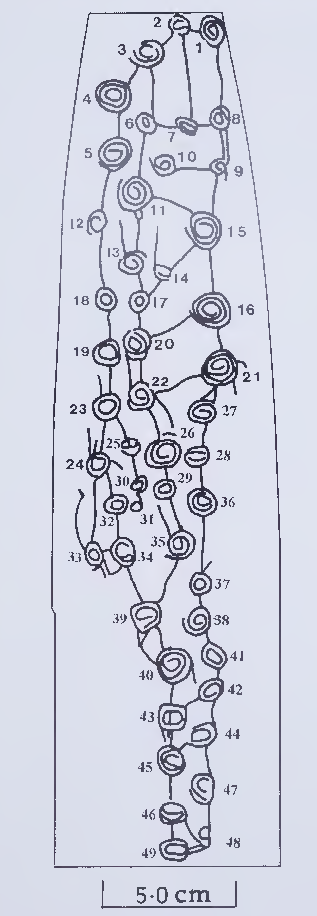It’s the 40th anniversary of the first contact with the Pintupi 9, regardless as the last group of aboriginal Australians to met with white people.
Up until the 1960s there were moderately frequent incidents of such “first contacts” in Western Australia. Indeed, most of the Pintupi people were brought to various settlements in the NT by the 1960s.
The only adult man in the group died a decade or so before the contact was made, and his two wives and seven children lived on, doing circuits of various waterholes around the northern Gibson desert.
In 1984 a bore was sunk at Kiwirrkurra to support a settlement that would allow Pintupi people to return to their native areas. This brought the Nine into contact with some of the returned Pintupi people and ultimately with Western civilisation.
https://www.bbc.com/news/magazine-30500591
